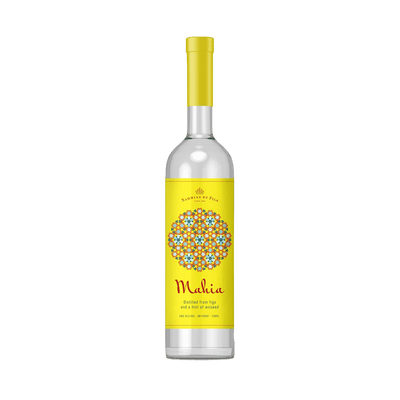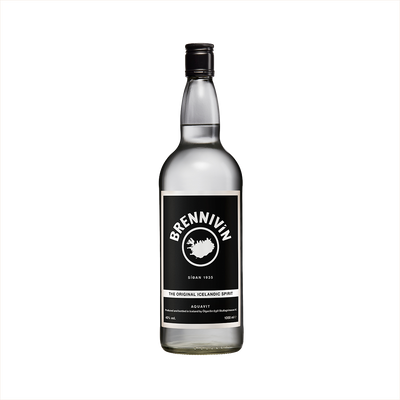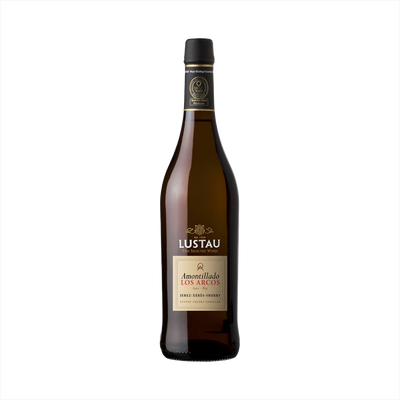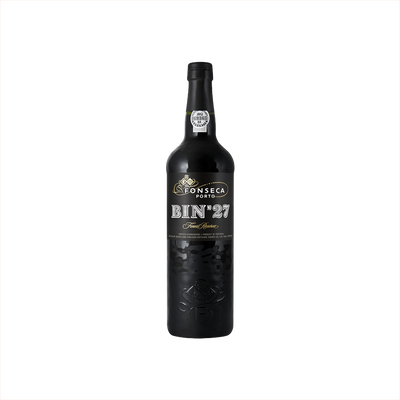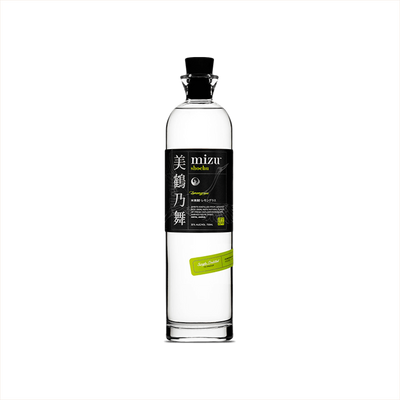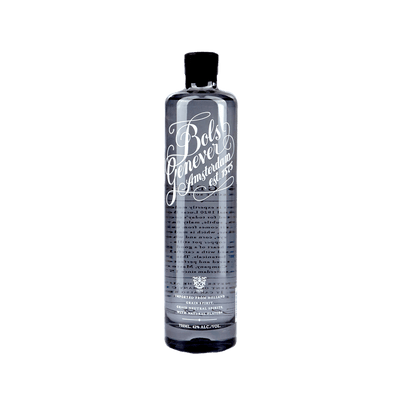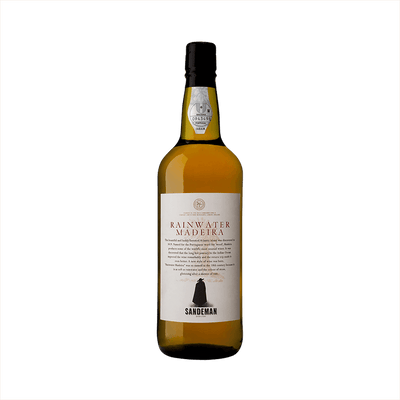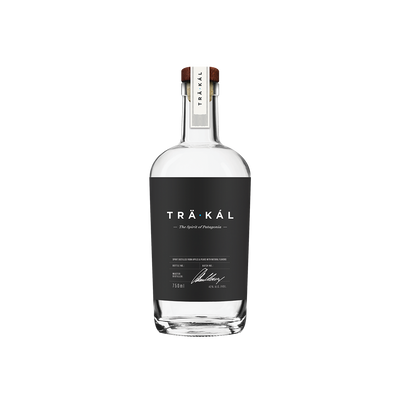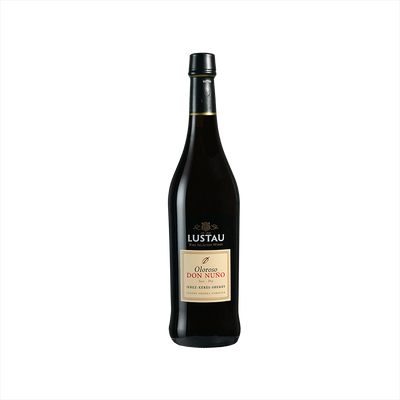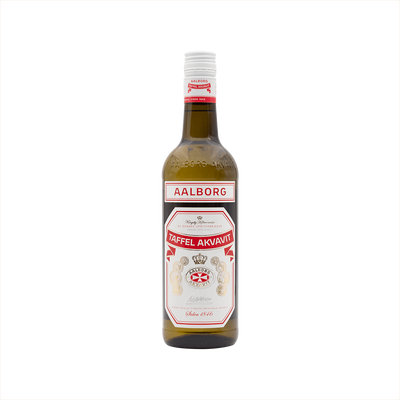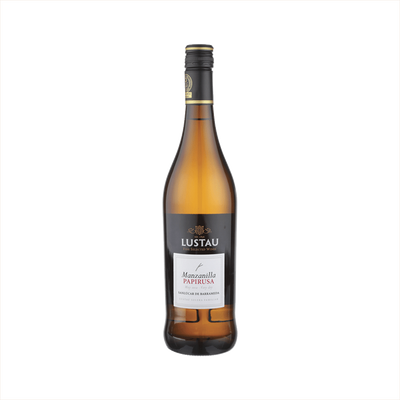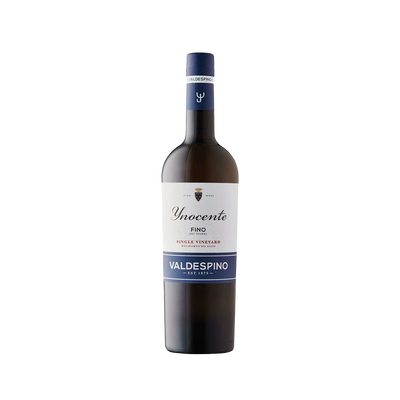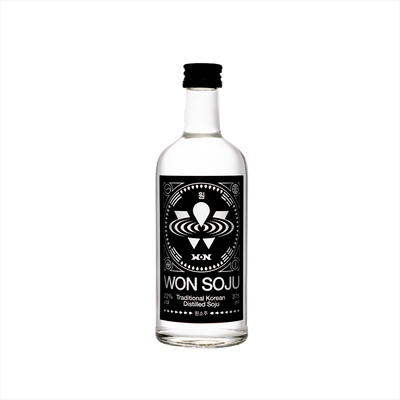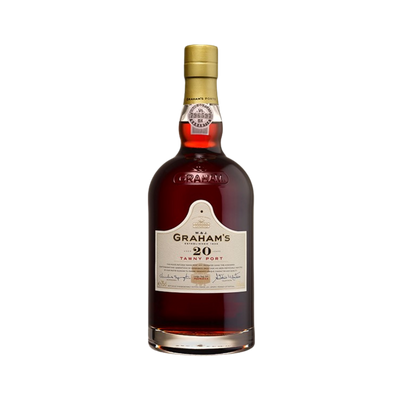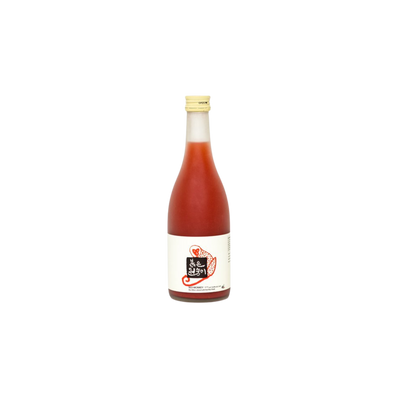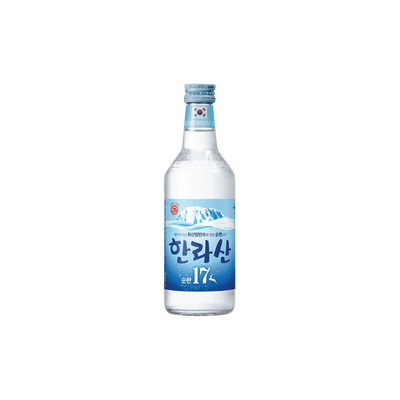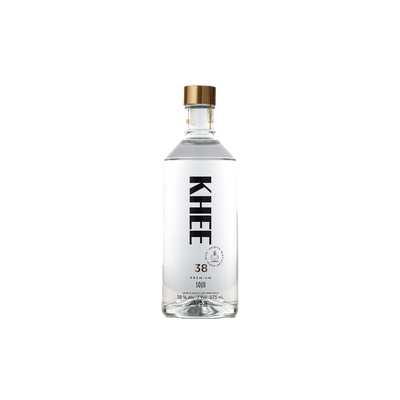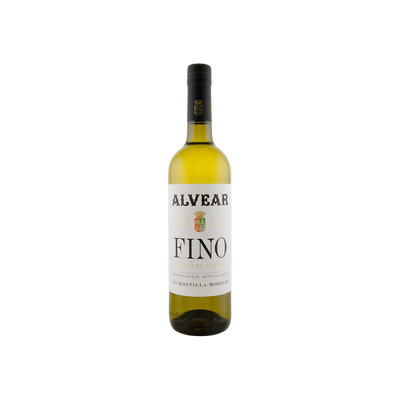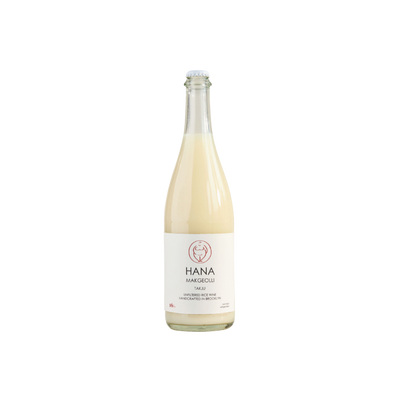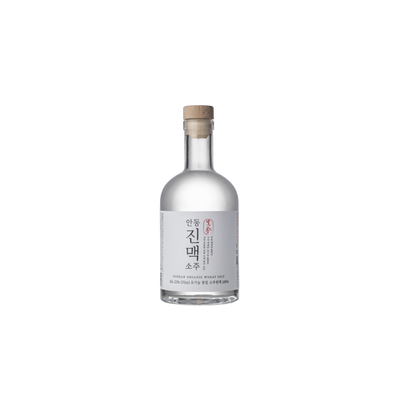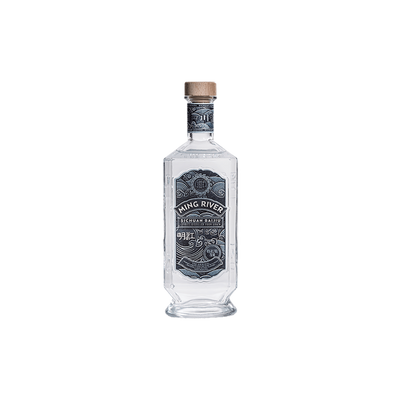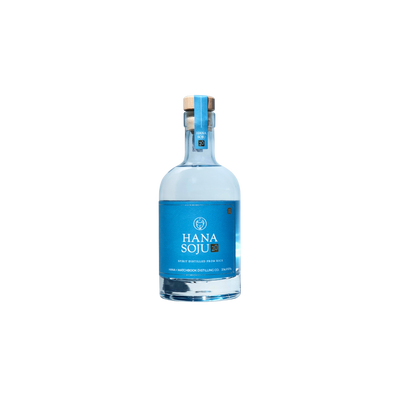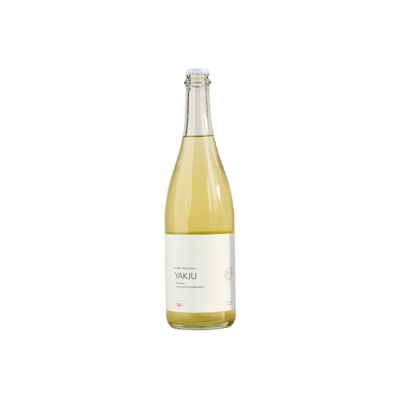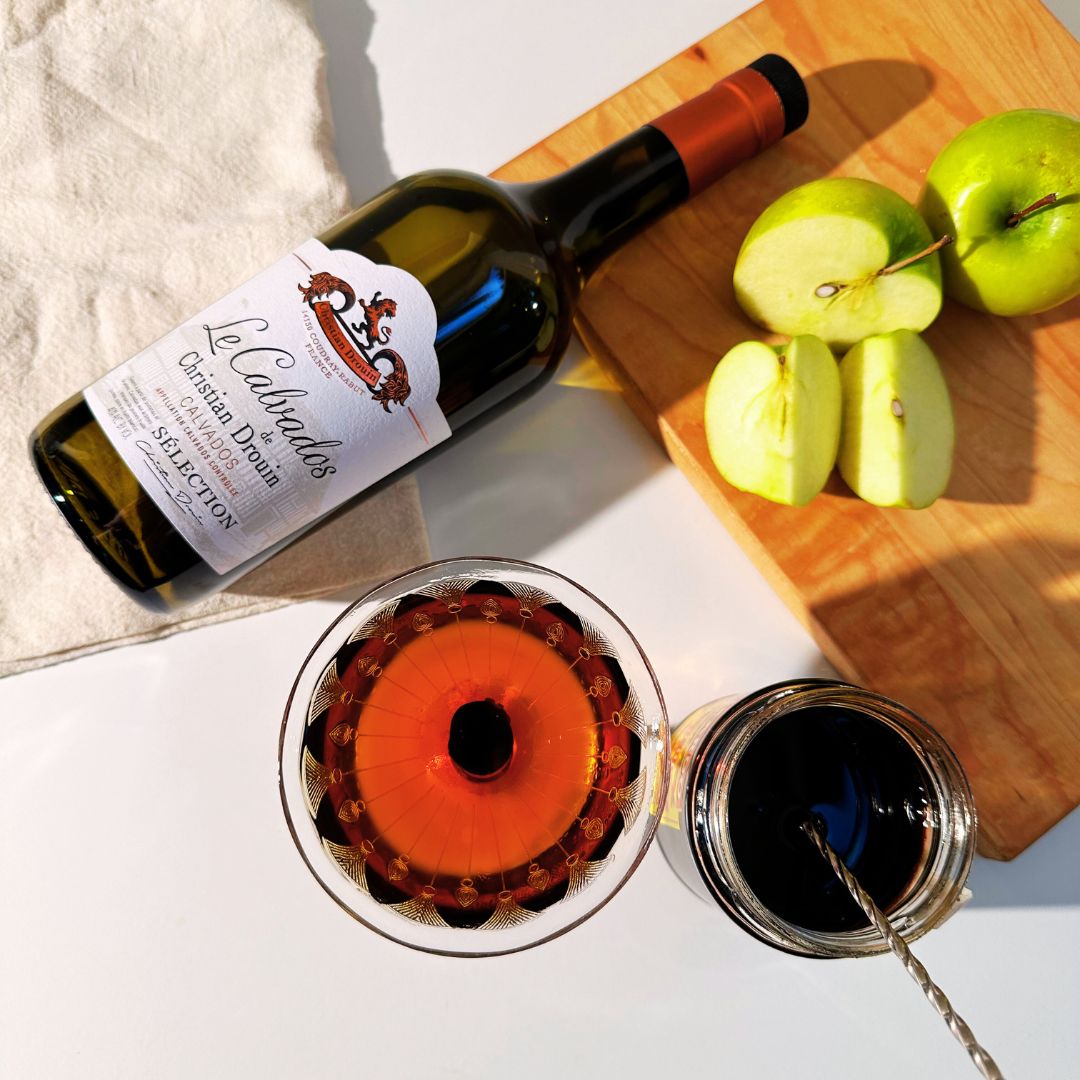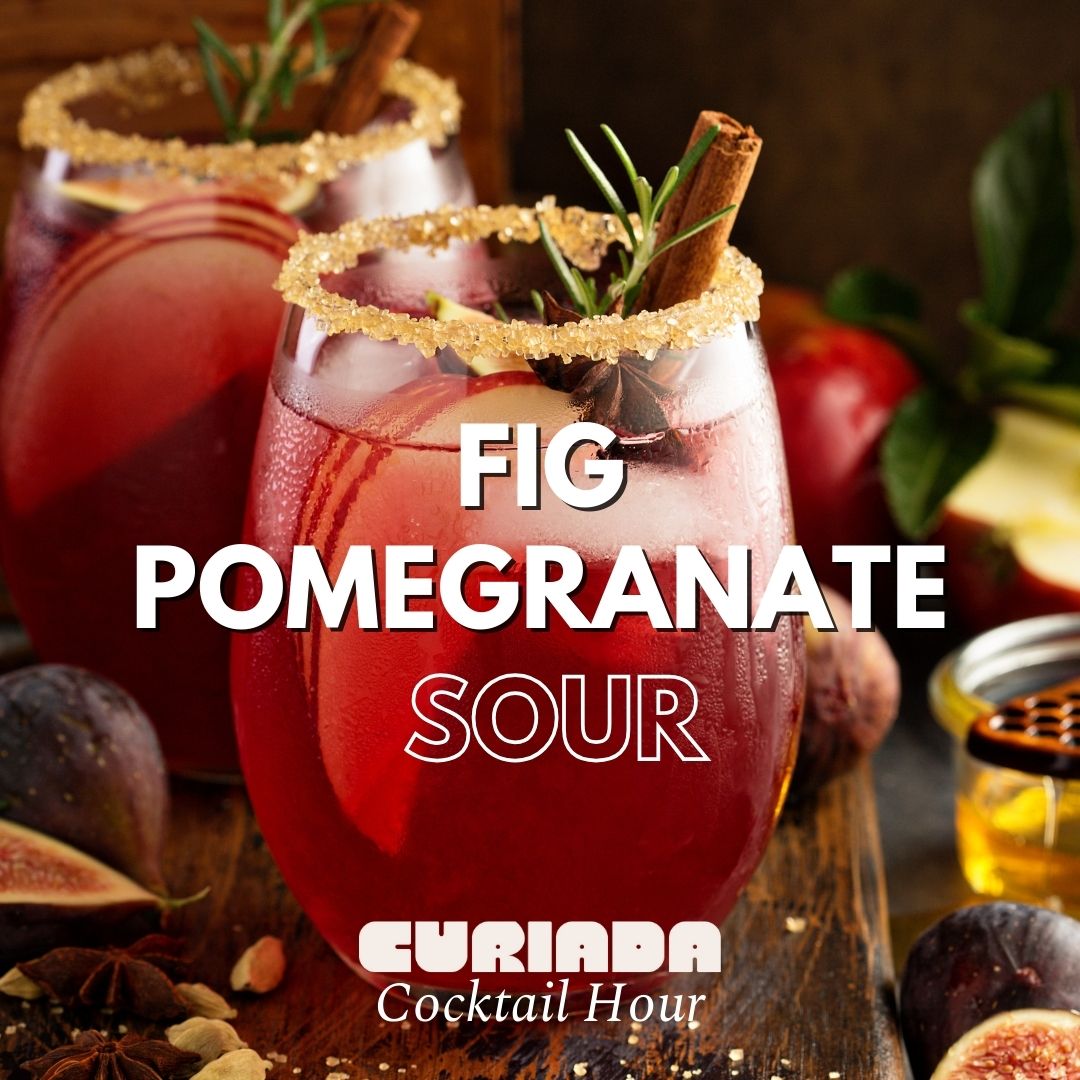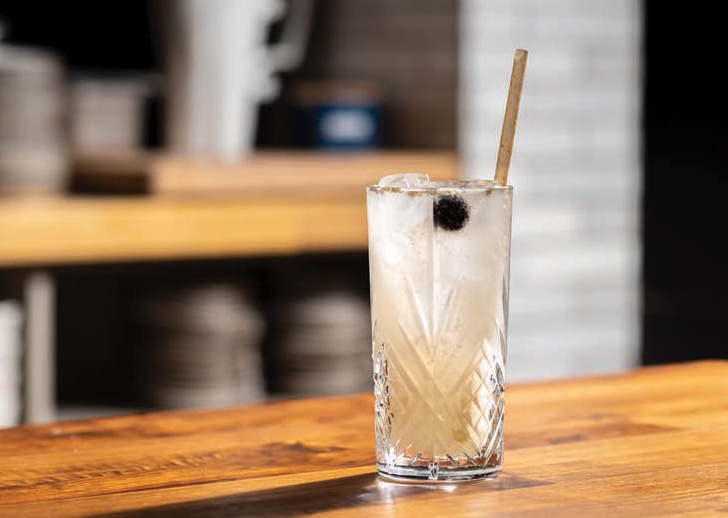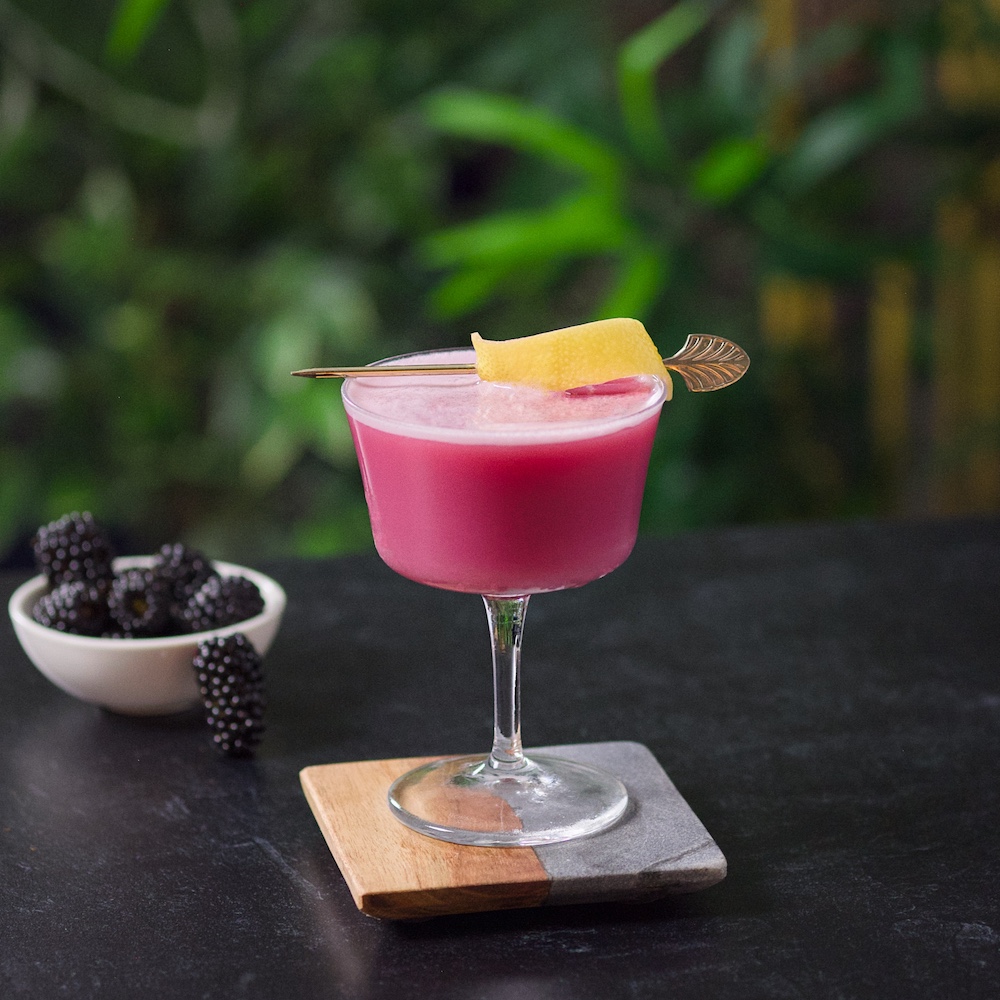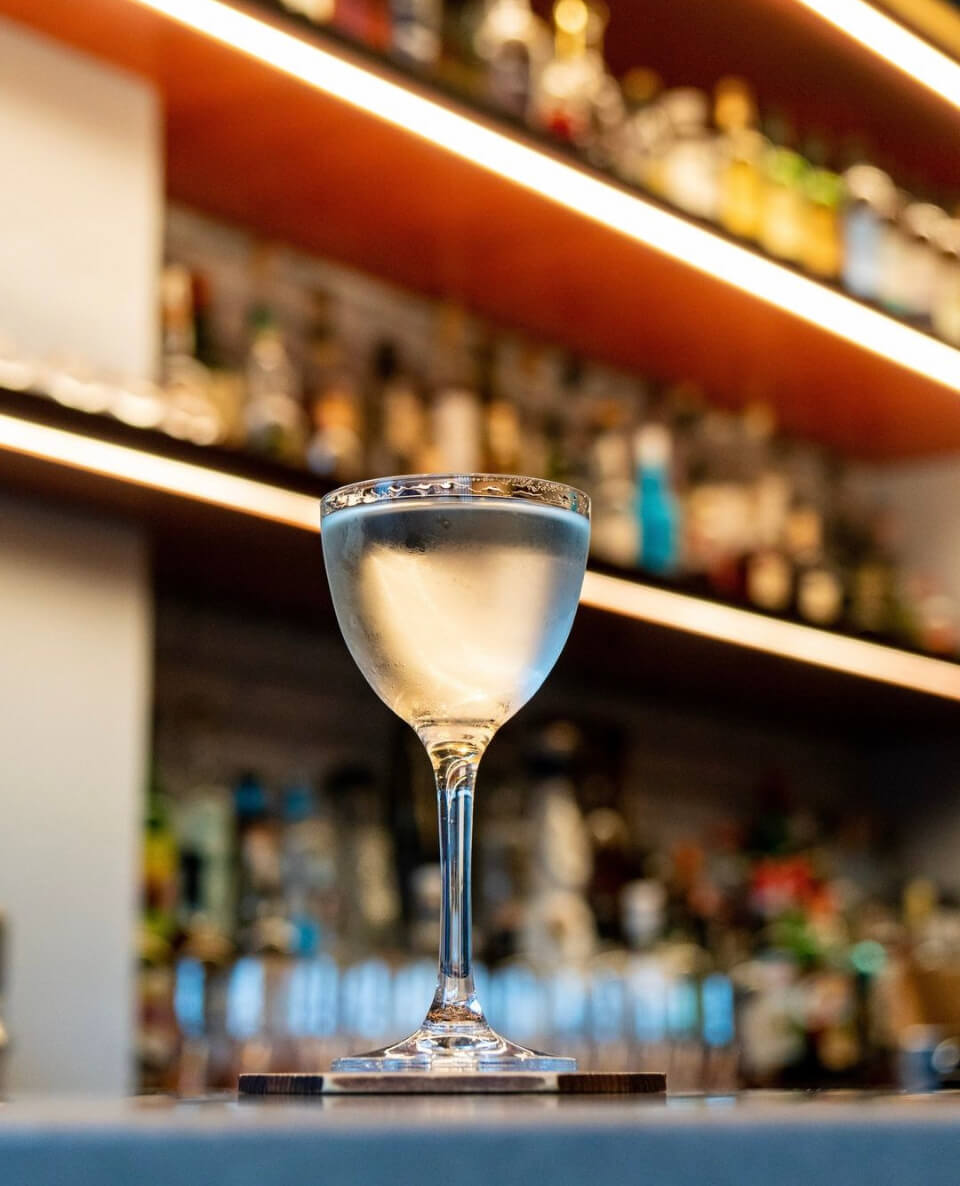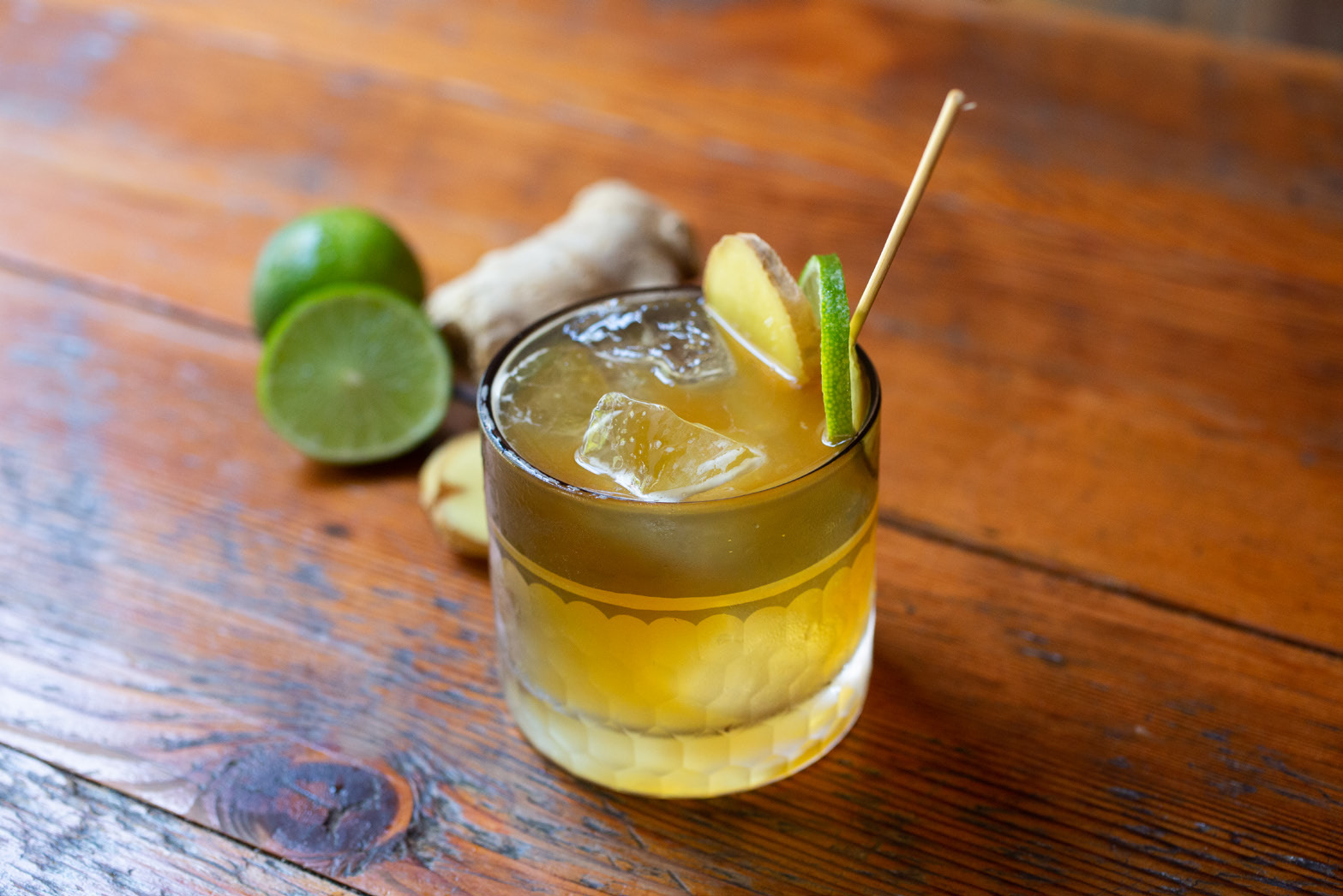Other Specialty
What is Other Specialty?
Other Specialty represents the fascinating gray area where traditional categories blur, encompassing unique products that don't fit neatly into standard spirits classifications or typical bar supplies. This category captures everything from artisanal bitters and specialty syrups to unusual liqueurs, experimental distillates, and innovative cocktail ingredients that push boundaries. Think of it as the catch-all for those distinctive bottles and products that make your home bar truly special—items that spark conversation and add that extra layer of complexity to your cocktail creations.Learn More About Other Specialty
What are the different types of Other Specialty?
The Other Specialty category breaks down into several fascinating segments, including flavored spirits like vanilla vodka or spiced rum, cream-based liqueurs such as Bailey's Irish Cream, fruit brandies from specific regions, and unique products like aquavit or cachaça that don't fit neatly into major spirit categories. Each segment offers distinct characteristics - flavored spirits bring familiar tastes to classic bases, cream liqueurs provide rich dessert-like indulgence, fruit brandies showcase terroir and traditional production methods, while regional specialties like mezcal or grappa reflect centuries of local distilling traditions. What makes these segments special is their ability to bridge the gap between traditional spirits and innovative flavor profiles, giving drinkers access to both time-honored recipes and modern creative expressions that push the boundaries of what we consider a "spirit."
How are Other Specialty spirits made?
Other Specialty spirits encompass a wild range of production methods since this category includes everything from fruit brandies and flavored vodkas to unique regional spirits like cachaça and shochu. The process depends entirely on the specific spirit – some start with traditional distillation of fermented fruits, grains, or other botanicals, while others involve infusing neutral spirits with natural flavors, aging in unusual barrels, or employing centuries-old techniques passed down through generations. What unites them all is their departure from standard whiskey, gin, rum, or vodka production, giving distillers the freedom to experiment with unconventional ingredients, aging methods, and flavor profiles.
What do Other Specialty spirits taste like? What do Other Specialty spirits bring to a cocktail?
Other Specialty spirits are the wild cards of the spirits world, offering flavor profiles that span from herbal and medicinal to fruity and floral, depending on their unique production methods and ingredient combinations. These unconventional bottles might deliver anything from the smoky complexity of a mezcal alternative to the botanical intensity of a gin-adjacent spirit, or even completely novel taste experiences that defy traditional categories. In cocktails, they serve as conversation starters and palate challengers, bringing unexpected depth and character that can transform familiar drinks into something entirely new and memorable.
How do you drink Other Specialty? In what kind of cocktails do Other Specialty spirits shine?
The beauty of specialty spirits lies in their versatility—some work best as contemplative sippers served neat or with a single ice cube, while others become the star ingredient in creative cocktails that highlight their unique characteristics. These distinctive bottles often shine brightest in simple preparations that let their individual personality come through, whether that's a flavored whiskey in an Old Fashioned variation or an unusual liqueur mixed with just soda water and fresh citrus. The key is treating each specialty spirit as an opportunity to experiment and discover new flavor combinations that complement rather than mask what makes them special.
What are fun ways to drink Other Specialty?
Specialty spirits shine when you get creative with them - freeze flavored vodkas or fruit liqueurs into popsicles for adult summer treats, or turn cream-based spirits like Bailey's into boozy ice cream floats. Jello shots work wonderfully with colorful liqueurs like blue curaçao or peach schnapps, creating party-ready bites that actually taste good. You can also incorporate these unique bottles into desserts: drizzle amaretto over vanilla gelato, soak pound cake with flavored rum, or make chocolate truffles spiked with your favorite herbal liqueur.
How has Other Specialty been depicted in culture?
The diverse world of specialty spirits has found its way into popular culture through everything from artisanal mezcal sipping scenes in prestige television dramas to craft distillery visits becoming essential plot points in foodie travel shows. These unique bottles often serve as symbols of sophistication and adventure in films, where characters bond over rare Japanese whisky or discover themselves through small-batch American brandy. Social media has amplified this cultural presence, with specialty spirits becoming Instagram-worthy symbols of authenticity and craftsmanship that represent a departure from mass-produced alcohol.
Nutritional Information
Typical Calorie Range per Ounce: 60-120 calories
Typical Carbohydrate Range per Ounce: 0-15 grams
Typical Sugar Range per Ounce: 0-12 grams
Typically Gluten Free: Varies by product
Specialty spirits cover an incredibly wide range of products, from fruit brandies and flavored vodkas to herbal liqueurs and cream-based spirits. The nutritional content varies dramatically depending on the base spirit and added ingredients. Plain distilled spirits contain zero carbohydrates, while cream liqueurs and heavily sweetened products can contain significant amounts of both carbs and sugar. Always check the detailed product information and labels to confirm gluten-free status, especially for flavored spirits or those with added ingredients that may contain gluten sources.
Scrolled this far? Your reward? Other Specialty Trivia!
- The world's most expensive bottle of vodka, Billionaire Vodka, contains actual diamonds and gold flakes filtered through the liquid during production. Each $3.7 million bottle is encrusted with 3,000 diamonds, but here's the kicker - the luxury doesn't stop at the bottle. The vodka itself is distilled through sand made from crushed diamonds and rare French wheat, making every sip literally sparkle on your tongue.
- Japanese whisky makers age some of their premium bottles underwater in the ocean for months or even years. The constant motion of the waves and steady temperature creates a unique maturation process that's impossible to replicate on land. Distilleries like Eigashima Shuzo have reported that sea-aged whisky develops completely different flavor profiles, with the salt air somehow penetrating through the cork to add subtle maritime notes.
- There's a gin distillery in Scotland that uses actual ant colonies to create their botanical blend. Anty Gin incorporates red wood ants, which naturally produce formic acid - the same compound that gives nettles their sting. The result is a gin with an unexpected lemony, herbaceous bite that comes not from citrus, but from tiny insects that have been foraged from Scottish forests.
- The smoothest vodka in the world is filtered through meteorite dust. Black Cow Vodka takes their space-age filtration seriously, using actual meteorite fragments that crashed to Earth millions of years ago. The iron-rich cosmic material supposedly removes impurities that traditional charcoal filtration can't touch, creating a vodka so clean it barely registers on the palate - like drinking liquid starlight.
- There's a tequila that's aged in barrels previously used to age Scotch whisky, bourbon, and wine - but the barrels are stored 200 feet underground in a cave system. Casa Noble's underground aging facility maintains perfect temperature and humidity year-round, while the multi-use barrels create layers of flavor complexity that can take decades to develop. The cave's natural limestone walls actually contribute minerals to the aging process through condensation.
Higher-proof spirits can be intense. Sip slow, taste thoughtfully, and enjoy responsibly.
Gift message (optional)

